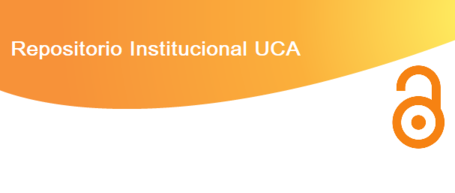LA LÓGICA DE LA TRADUCCIÓN EN LA ENSEÑANZA DEL LATÍN COMO UNA LENGUA VIVA: EXPERIENCIAS DE COMPRENSIÓN EN EL SEMINARIO MENOR Y SEMINARIO MAYOR SAN BUENAVENTURA DE SALTA
Keywords:
Logic of Grammar - Logic of translation – Alive language.Abstract
In its continuous movement, the education demands teachers to upgrade their methods. This is why our humanistic teaching field has come up with the idea to propose the implementation of “new didactics” in classical language’s teaching, called “inductive teaching method”, “natural method” and “lived method” by the intellectual ones. This material takes as a reference point Hans Örberg and his work Lingua latina per se illustrata known as one of the most relevant contribution to the Latin teaching in such a natural and lived way.
This study presents some questions that emerge from this method’s implementation. What is the logic of its translation? Is it proper and also relevant to the accurate knowledge of the Latin language? Is it a real translation or just a simple movement of concepts taken all in such a literal way? Does a construction of textual meaning exist? The empirical relationship and posteriori thoughts became the opportunity for the analysis, discussion and research for new horizons for today’s teaching of Classical Languages.
Downloads
References
CARTER, DAVID (2011). “Hans Orberg y su contribución a la pedagogía del Latín’. ARLT Journal; reproducido en el blog de la Association for Latin Teaching, enero 2011.
DEL COLL, JUAN JOSÉ (1999). Latín Hoy? Ed. Instituto Superior de Bahía Blanca.
JIMÉNEZ DELGADO, J. (1959). “El Latín y su didáctica”. Estudios Clásicos (revista de la SEEC), tomo V, nº 28 (pp. 153-171), noviembre de 1959.
MACÍAS, C. (2005). “Entrevista a HANS ORBERG” Iris nº14 (SEEC) I Jornadas de Culturaclásica.com, 2005.
MACÍAS, C. (2006). “Entrevista a ALOISIVS MIRAGLIA” Iris' nº 17 (SEEC) II Jornadas de Culturaclásica.com, 2006.
MACÍAS, C. (2007). “Entrevista a MICHAEL VON ALBRECHT” Iris' nº 18 (SEEC) III Jornadas de Culturaclásica.com, 2007.
MARTÍNEZ AGUIRRE, C. (2009.) “Resumen de las metodologías didácticas de las lenguas clásicas” Blog del autor, Erasmus reloaded, y reproducido en la web culturaclasica.com. Última revisión: noviembre de 2009.
MIRAGLIA, LUIGI (1996), "Cómo (no) se enseña el latín". Micromega 5, 1996. Asociación andaluza de latín y griego.
MIRAGLIA, LUIGI (2006). “De optima Latine docendi ratione” Conferencia pronunciada en las 'II Jornadas de Culturaclásica.com'. Guadix (Granada), 29-30 de abril de 2006.
MIRAGLIA, LUIGI Y OTROS (2008). La via degli umanisti, il metodo induttivo-contestuale per l´apprendimento del latino” Ed. Vivarium Novum. Montella, Italia.
SCHINITLER, HERMANN (2008). Método para aprender latín. Herder. Barcelona.
PÁRAMO POMAREDA, JORGE (1958). “Lingua latina secundum naturae rationem explicata” Reseña en la revista Thesaurus, Instituto Caro y Cuervo de Colombia, tomo XIII, año 1958. Fuente: Centro Virtual Cervantes.
PASCUAL BAREA, J. Enseñanza de la lengua latina con la metodología de las lenguas modernas. Universidad de Cádiz.
PEPE, LAURA Y VILARDO, MASSIMO (2011) Video, lego et disco, corso di lingua latina. Ed. Mondadori educ. S.p.A. Milano.
ØRBERG, HANS (2005). “El Latín - ¿una lengua difícil?” Conferencia pronunciada en el marco de las 'I Jornadas de Cultura clásica' en Almuñécar (Granada), 1-2 de abril de 2005.
Downloads
Published
How to Cite
Issue
Section
License






